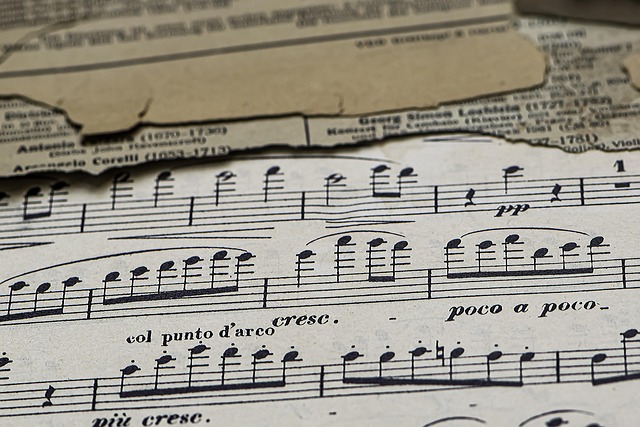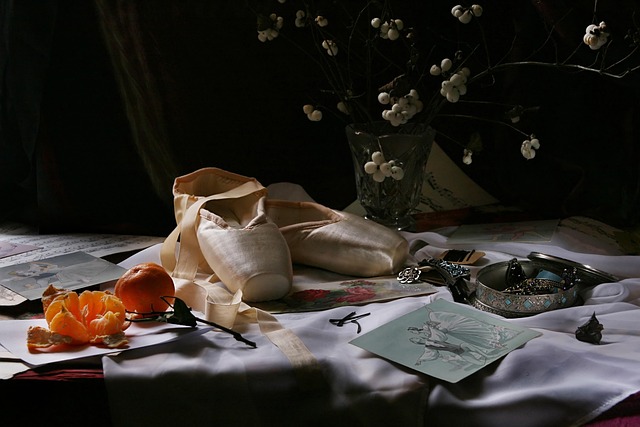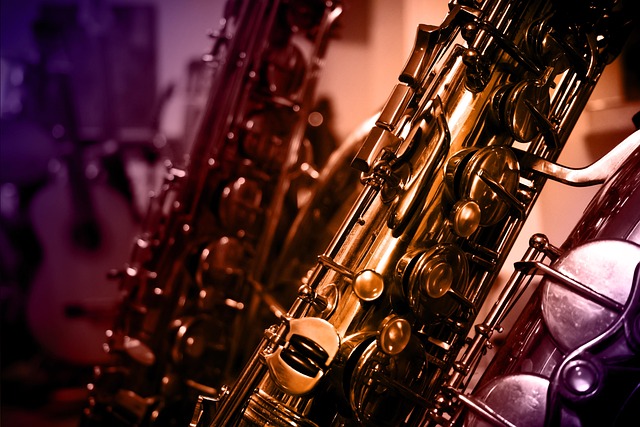When a room fills with music that feels almost like a whispered secret, the word very softly (pianissimo) becomes more than a dynamic marking—it becomes an invitation to a unique social experience. In classical music culture, the use of pianissimo extends beyond the score; it shapes parties, salons, and private gatherings, guiding how guests listen, breathe, and interact. This article explores how the gentle volume level found in compositions informs the mood of classical parties, the cultural practices that support such events, and how modern hosts can recreate a pianissimo atmosphere in contemporary settings.
The Roots of Pianissimo in Classical Party Settings
The tradition of playing music at a very soft dynamic has been part of European social life since the 18th century. The aristocratic salons of Paris, Vienna, and London were not merely venues for concerts; they were social laboratories where the subtlety of tone conveyed status, intimacy, and taste. In these environments, pianissimo was more than a technical requirement; it was a cue that guests should lower their voices, lean closer, and engage in focused conversation.
- Salon Culture – Musicians were often invited to perform on small pianos or harpsichords, allowing composers to demonstrate delicate passages in a setting that encouraged quiet reflection.
- Concert Halls – Even in large venues, pianissimo sections were used to transition between movements, giving the audience time to reset their attention before the next dramatic climax.
- Private Ensembles – Small chamber groups practiced and performed in candlelit rooms where the subtle dynamics of piano and pianissimo fostered a sense of shared intimacy.
Pianissimo as a Social Signal
The act of playing very softly sends a cultural message: “We are in a space where attention to detail and respect for one another is paramount.” This signal is echoed in the way participants behave. Voices are hushed, gestures are restrained, and the overall atmosphere shifts from overt display to subtle appreciation. The phrase very softly (pianissimo) becomes a cue that everyone present is engaged in a shared, almost secretive experience.
“In a pianissimo setting, the music is an invitation rather than a command—an invitation to listen with your soul.” – Anonymous music critic
Atmospheric Effects of Very Soft Music
When music is performed very softly, several sensory changes occur that transform the event into a memorable cultural moment.
- Enhanced Concentration – Lower volume levels reduce auditory masking, allowing listeners to pick up subtle harmonics and melodic nuances.
- Emotional Intimacy – The gentle dynamics create a feeling of closeness, as if the performer is speaking directly to each attendee.
- Physical Comfort – Soft sound waves are less likely to cause auditory fatigue, making prolonged gatherings more enjoyable.
These effects are why pianissimo is often paired with reflective or contemplative programs, such as Mozart’s “Eine kleine Nachtmusik” in its quieter movements or Debussy’s “Clair de Lune.” The result is a space where conversation flows naturally and participants feel psychologically safe to express themselves.
The Role of Venue Acoustics
A venue’s acoustics significantly influence how pianissimo translates into the listening experience. Small, wooden rooms with high ceilings amplify subtle sound without creating echo, making them ideal for soft dynamic performances. Conversely, large modern venues may require acoustic treatment—soft furnishings, curtains, and strategic placement of sound-absorbing panels—to preserve the integrity of very soft passages. The interplay between acoustics and dynamic level is a central consideration when planning a classical music party that emphasizes pianissimo.
Modern Interpretations of Pianissimo Parties
Contemporary hosts and performers have reimagined the classic pianissimo party by integrating modern genres and technology while preserving the quiet, refined aesthetic.
- Ambient and Neo-Classical Events – Artists like Max Richter and Nils Frahm combine classical motifs with minimal electronic textures, often performing at very soft volumes that encourage reflection rather than dance.
- Live Streaming with Volume Controls – Online concerts now offer the option to lower playback volume to pianissimo, allowing remote audiences to experience the music in a more intimate setting.
- Interactive Installations – Soundscapes embedded in gallery spaces let visitors step into a sonic environment where very soft sounds invite contemplation and subtle interaction.
Planning a Very Softly Pianissimo Party
Hosts aiming to recreate the atmosphere of a classical salon should consider the following steps:
- Select Appropriate Music – Choose repertoire that includes significant pianissimo sections; pieces by Vivaldi, Schumann, or contemporary composers with quiet movements work well.
- Control the Environment – Reduce ambient noise by turning off lights, closing windows, and using soft lighting. Consider a room with natural or acoustic wood finishes.
- Adjust Technology – Use high-quality speakers or acoustic instruments and set the amplification to a level that supports very soft dynamics. Test the sound before guests arrive to ensure a balanced mix.
- Invite Skilled Musicians – Pianists and chamber musicians should be familiar with the nuances of dynamic control, ensuring they can sustain pianissimo passages without losing tone quality.
- Guide Guest Behavior – Provide subtle cues, such as low lighting or gentle host announcements, that encourage guests to lower their voices and focus on the music.
- Offer Light Refreshments – Serve subtle, non-intrusive foods and drinks that complement the quiet ambiance without distracting from the sound.
Cultural Significance and Legacy
The tradition of very softly (pianissimo) parties embodies a broader cultural value: the appreciation of subtlety over spectacle. This value has shaped not only musical performances but also social norms surrounding etiquette, listening habits, and the way communities form around shared aesthetic experiences. By preserving the practice of playing and attending music at low volumes, classical culture maintains a bridge between past and present, allowing contemporary audiences to experience the same intimacy that once defined aristocratic salons.
Future Directions
As technology evolves, so too will the ways in which pianissimo is experienced. Virtual reality concerts might simulate the acoustics of a salon, and artificial intelligence could generate personalized dynamic levels for listeners. Nonetheless, the core principle remains: very softly (pianissimo) invites a deeper connection between performer and audience, fostering an environment where music is felt as much as it is heard.
Conclusion
From the candlelit rooms of 18th‑century salons to modern virtual gatherings, the dynamic marking pianissimo continues to shape how we gather, listen, and connect through music. A very soft volume is not merely a technical instruction—it is an invitation to slow down, to listen attentively, and to share a quiet moment of cultural communion. Whether you are a host planning an intimate classical party or a musician striving to capture the essence of subtlety, embracing the quiet power of pianissimo opens a door to an enduring and deeply human musical experience.



